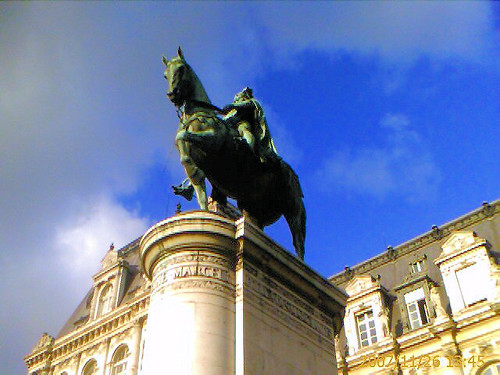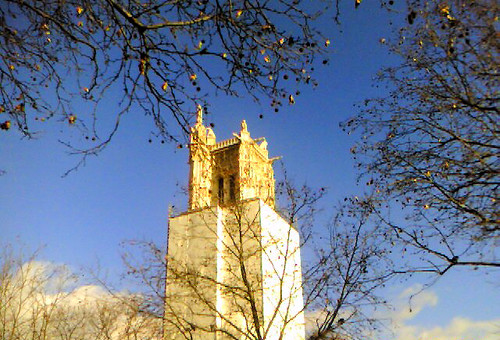Notes from my trip in Anost, which I’ve only just managed to recover. (Won’t it be wonderful, when, one day, computers are truly plug and play, so when you get a new one you don’t spend weeks making it all work. And the wi-fi still isn’t…)
Well worth a visit is the Galvachers museum in Anost. If nothing else, you’ll have a sophisticated grasp of the different forms of ox-drivers in the 19th and early 20th-century.
In short:
* Les toucheurs drive cattle to abbatoirs. Often on journeys of 12 to 15 days
* Les boeutiers: young men who were effectively seasonal workers, taking cattle to work on cereal crops as far away as Picardie. The red cattle of the Morvan had a reputation for strength. The maquis de Dampierre considered best working cattle in the world.
*Les charretiers had carts suitable for lots of different jobs, including transporting wood, wine, stone, etc. Could be away from home for wide variations of time
* Les galvachers (the elite) migrated traditionally from May 1 to St Martin’s Day, specialising in moving wood, usually from the most difficult slopes.
In this poor area they were regarded as financial saviours, in memory were glorious, courageous adventurers.
That reputation helped to create the typical women’s industry, which was wetnursing “feminine des nourrices”. Since the region had a reputation for strength and good character, it was thought that the wet nurses would help their charges grow up appropriately.
The museum attendant is also the librarian and she and I had a fascinating discussion (more or less in French) about the women, looking at the wonderful pictures of them – all starched and proper overlay on faces that speak of poverty, with the belaced and pampered charges.
I also questioned (with the use of lots of sign language) why it was that every single ox yoke was for the horns, rather than across the shoulders, when you would think that the latter would be muchmore mechanically efficient and comfortable for the animals. The librarian consulted the books, but the only conclusion that we could draw was “tradition”.












 About
About